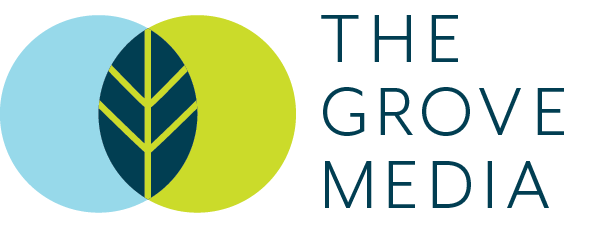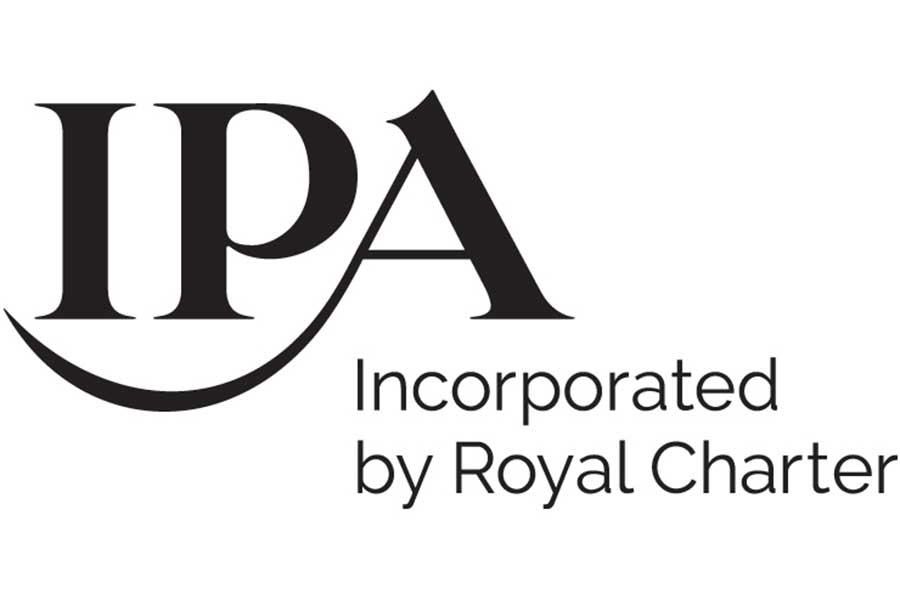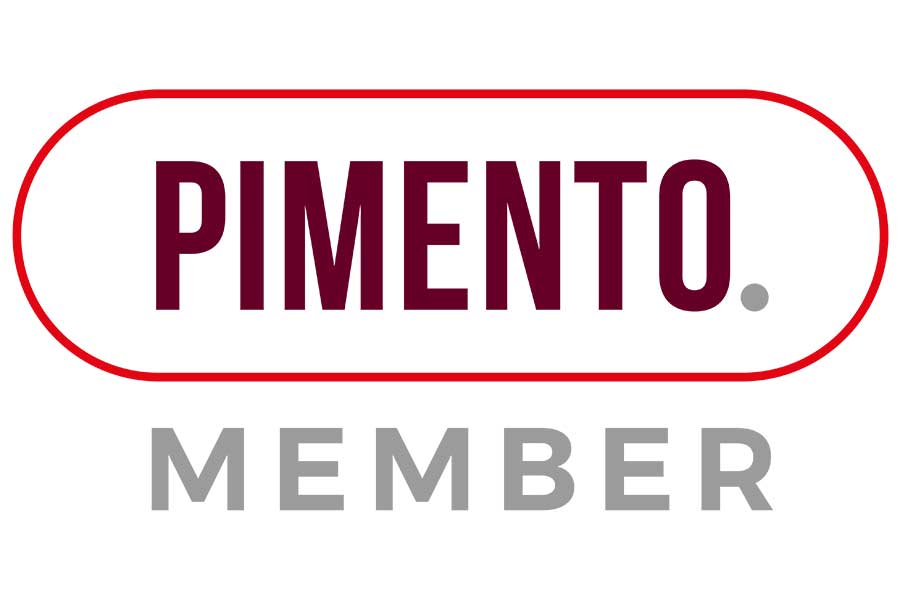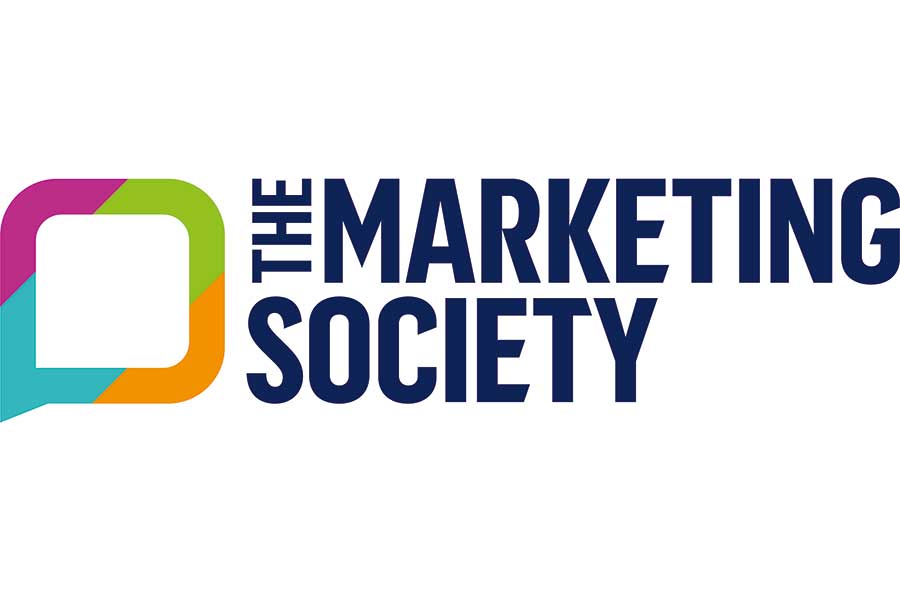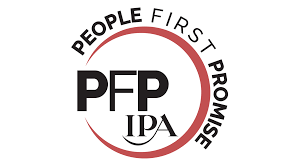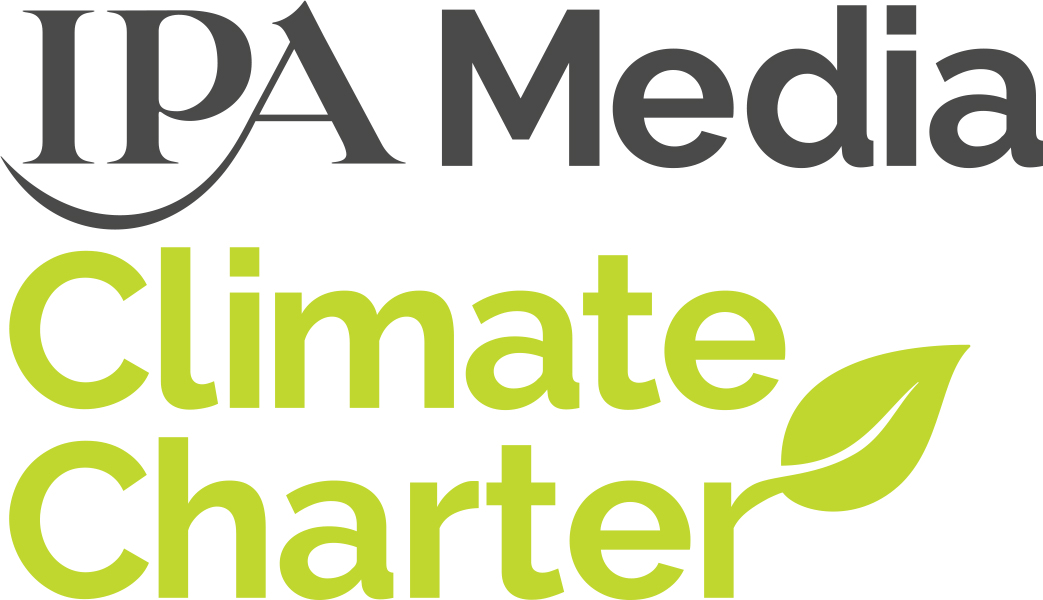How publisher LLM deals present new opportunities for advertisers

by Alina Pruteanu, Digital Development Director, The Grove Media
Last month, The Economist announced that it is licensing its content to private large language models (LLMs). This follows in the footsteps of several publisher deals to share news content with LLM owners.
The deal struck by the Economist will see both its archival and recent content licensed to corporate customers who run private LLMs that sit behind their own firewalls. For those clients, the benefit is access to high-quality content that will enrich their LLM’s knowledge base.
But many publishers have gone farther than this, licensing content for public LLMs. News Corp struck a multiyear deal with OpenAI, sharing news content to help train large AI models. Reports say it could be worth $250m over five years. Axel Springer, Associated Press, Financial Times, and Condé Nast have all done similar deals with OpenAI.
All of these deals come as publishers voice their concerns about the drop in click-throughs and bypassing of websites with AI search and AI assistants. According to a study by Authoritas, publishers saw an average 47.5% decline in click-through rate (CTR) on desktop and 37.7% on mobile when Google’s AI Overview results appeared. Authoritas also highlighted the impact of AI on ‘zero clicks’ in search, with the research finding that users only clicked links once every 100 searches in queries where an AI summary appeared.
So, while these new licensing deals are making content more widely available – now even going beyond into social media arena (Snap partnering with Perplexity AI), for publishers, traditionally reliant on selling ads and subscriptions, they are bringing in vital new revenue. It’s a win-win for publishers and consumers alike. But what does it all mean for advertisers, whose visibility strategy has been focused on being seen next to premium content? How should they shift to be a part of the new world of LLM content?
Brands must shift to where the influence happens
For decades, advertisers have rightly paid to appear around premium content. But with changes driven by generative AI and fuelled by publishers licensing their archives to AI models, the game is moving inside the ‘knowledge layer’ that AI systems use to assess, summarise and make recommendations. Brands now need to be part of that knowledge layer so they are included in AI answers and AI agent actions. This is likely to see the role of media agencies expand to include orchestration of AI knowledge visibility:
- Mapping the AI knowledge ecosystem. Identifying publishers that feed the LLMs in specific categories. Building visibility maps to show where brand-relevant information lives.
- Making brand content machine-readable. Converting product information into structured, verifiable data formats so AI systems can ingest and reference.
- Brokering new partnerships. Working with publishers that license to LLMs to co-create brand-supported knowledge layers that AI systems can retrieve.
- Experimenting with new paid answer formats. Testing sponsored citations based on cost per answer or per action.
- Taking charge of brand safety. Building brand-safety clauses into licensing contracts and ensuring correction or takedown rights if hallucinations occur.
Leveraging opportunities in the inventory
With the shift to the new AI knowledge layer, brands will need to expand their planning to include new types of inventory. Alongside all the traditional media formats aimed at targeting audiences, brands are set to have new commercial opportunities focused on influencing AI systems. These are the citations and sources that AI systems draw upon when they answer a question or, importantly, recommend a product or service.
It’s early days, but new types of inventory are already being mooted:
- Sponsored answers and citations. Ads alongside or inside AI answers, featuring paid, brand-aligned citations or call-outs.
- Knowledge-layer sponsorships: Co-branded datasets and feeds licensed into LLMs
- Agentic commerce placements: Paid placement when an AI assistant compares products or books a service.
- RAG-time media: Buying presence inside what is technically known as ‘retrieval-augmented generation’ pipelines. RAG combines LLMs’ generative capabilities with external knowledge sources to produce more accurate and up-to-date answers.
Moving to new buying models
If new inventory is being opened up to brands, then it naturally follows that new ways of buying will be created. We are set to potentially see CPMs and CPCs joined by a whole new currency of AI-focused action. Step forward: cost per citation (CPCit), cost per answer (CPAns), and cost per action (CPA). And we could also see cost per completed task (CPCT), when, say, a quote is generated or a booking is held.
Usage-based media could also become a thing. Here, a brand would pay for an AI model to use a brand’s data feed, rather than for a human impression. And we could seeing buying the ‘context graph’ – buying topics, intents and sources the AI model trust, rather than third-party audiences
Embracing new forms of measurement
With new inventory and buying, measurement will also need to shift to valuing usage in AI, rather than focusing on quantifying the likes of human reach and engagement. This is all about understanding how often a brand’s verified data or licensed content is retrieved, referenced, or acted upon by AI systems. A lot of what’s being discussed right now will be quite unfamiliar territory for many brands:
- Share of generative voice (SGV). The percentage of relevant AI answers that reference your brand or affiliated sources.
- Agent preference and recall: How often an AI agent recommends or defaults to a brand in task flows.
- Semantic adjacency score: A brand’s proximity to key attributes, eg ‘most durable’, ‘best value’ etc
- Task-level outcomes: Quote starts, comparison views and bookings tracked via agent APIs.
For publishers, licensing is emerging as a vital new revenue stream in an era of declining referral traffic. But for advertisers, the implications run even deeper: influence is migrating from the page to the model. The brands that win in the years ahead will be those that treat AI systems as an environment, where visibility, accuracy, and trust are shaped long before an ad impression is ever served. While advertising will ultimately continue to be about reaching audiences, it will increasingly by shaped by the information that reaches the AI agents acting on their behalf.
Photo courtesy of Igor Omilaev @ Unsplash
This article originally appeared in New Digital Age, link below.
https://newdigitalage.co/ai/how-publisher-llm-deals-present-new-opportunities-for-advertisers
